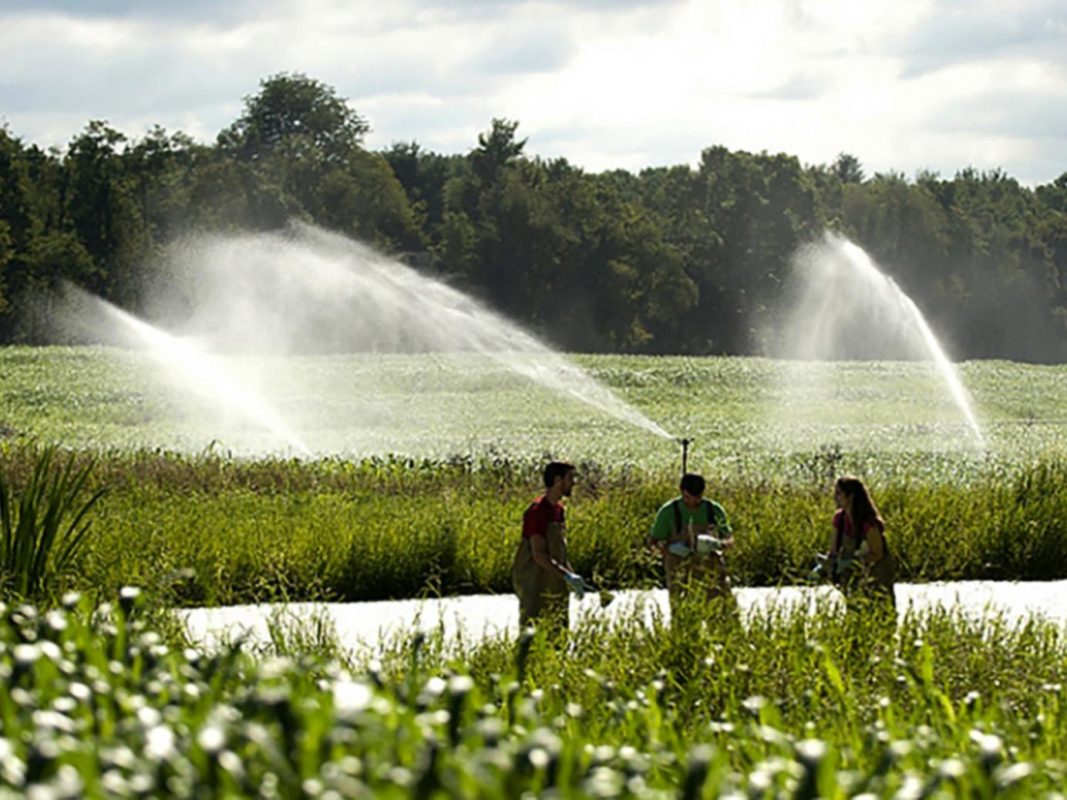YETRAC
Agricultural Wastewater Treatment: Balancing Farming and Environmental Responsibility
Agricultural Wastewater Treatment: Balancing Farming and Environmental Responsibility
Agriculture is the backbone of our civilization, providing us with the food we need to survive. However, the environmental impact of modern agricultural practices cannot be overlooked. Agricultural wastewater, laden with contaminants from confined animal operations and surface runoff, poses a significant threat to our ecosystems and water bodies. In this article, we’ll explore the critical issue of agricultural wastewater treatment, its sources, challenges, and sustainable solutions.
Understanding Agricultural Wastewater
Agricultural wastewater is a broad term that encompasses various types of contaminants stemming from farming activities. It includes:
1. Confined Animal Operations (CAOs)
Continuous confinement operations like milk and egg production generate vast amounts of animal waste. These operations require wastewater treatment to manage the pollution generated. Often, mechanized treatment units similar to those used for industrial wastewater are employed.
2. Surface Runoff
Surface runoff from agricultural fields can carry a cocktail of pollutants, including chemicals from fertilizers and pesticides, animal slurry, crop residues, and irrigation water. This uncontrolled runoff is a significant contributor to nonpoint source pollution.
The Challenge of Nonpoint Source Pollution
Nonpoint source pollution, which includes sediment runoff, nutrient runoff, and pesticides, presents a unique challenge for agricultural wastewater management:
1. Sediment Runoff
Soil erosion from agricultural fields is a major source of pollution. Excess sediment in water bodies can disrupt aquatic ecosystems, hinder plant growth, and harm aquatic life.
2. Nutrient Runoff
Nitrogen and phosphorus, essential for plant growth, become pollutants when they leach into water bodies. These nutrients are often introduced through fertilizers, animal manure, or wastewater, leading to eutrophication and water quality degradation.
3. Pesticides
Pesticides are used extensively in farming to control pests and enhance crop yields. However, when these chemicals enter water bodies through direct application, runoff, or aerial drift, they can negatively impact water quality and aquatic ecosystems.
Sustainable Solutions for Agricultural Wastewater
Addressing agricultural wastewater pollution requires a multi-faceted approach that promotes sustainable farming practices and responsible wastewater management:
1. Erosion Controls
Farmers can implement erosion control measures such as contour plowing, crop mulching, crop rotation, and the installation of riparian buffers. These practices reduce runoff and retain soil on fields.
2. Nutrient Management Plans
Developing and implementing nutrient management plans helps reduce excess nutrient application. Farmers can map fields, conduct soil tests, and apply fertilizers based on realistic yield goals, optimizing nutrient use while safeguarding water quality.
3. Integrated Pest Management (IPM)
IPM techniques, including biological pest control, help farmers manage pests while minimizing the use of chemical pesticides. This approach reduces pesticide-related water pollution.
Point Source Pollution and Wastewater Treatment
In some cases, concentrated animal feeding operations (CAFOs) generate point source wastewater. These facilities, often subject to government regulations, can produce highly polluted wastewater containing:
- Strong organic content
- High solids concentration
- Antibiotics and synthetic hormones
- Human pathogenic bacteria
Wastewater treatment for CAFOs typically involves containment in lagoons before disposal. However, the management of CAFO wastewater is a complex and contentious issue due to its potential to impact water quality and public health.
Specific Challenges and Treatments for Different Wastes
Various agricultural activities generate specific types of wastewater:
1. Piggery Waste
Piggery waste can contain elevated levels of copper, posing a risk to the environment. Effective wastewater treatment is necessary to prevent copper contamination.
2. Silage Liquor
The production of silage often results in highly polluting yellow-brown liquid. Preventative measures, such as wilting crops before silage making, are crucial to mitigate pollution.
3. Milking Parlour Wastes
Milking parlour wastes are rich in organic matter, potentially de-oxygenating receiving waters. Treatment often involves admixing with human sewage or land spreading.
4. Slaughtering Waste
Similar to milking parlour waste, slaughtering waste contains high organic content. Treatment methods align with those for milking parlour waste.
5. Vegetable Washing Water
Large volumes of water contaminated with soil and vegetable residues are produced during vegetable washing. These waters are typically recycled, with solids removed for land application.
6. Firewater
Fires on farms can release highly toxic firewater containing chemicals like pesticides, herbicides, and fuel oil. Specialized containment and disposal are essential for managing this wastewater.
Agricultural wastewater treatment is a critical aspect of responsible farming and environmental stewardship. The multifaceted challenges posed by nonpoint and point source pollution require a collaborative effort from farmers, regulators, and researchers to develop and implement sustainable solutions. By adopting best practices, reducing runoff, and treating wastewater effectively, we can strike a balance between our agricultural needs and environmental responsibilities, ensuring a healthier planet for future generations.

